Five forces 2N,√3N,5N,√3and2N respectively act at a particel P as shown in figure.
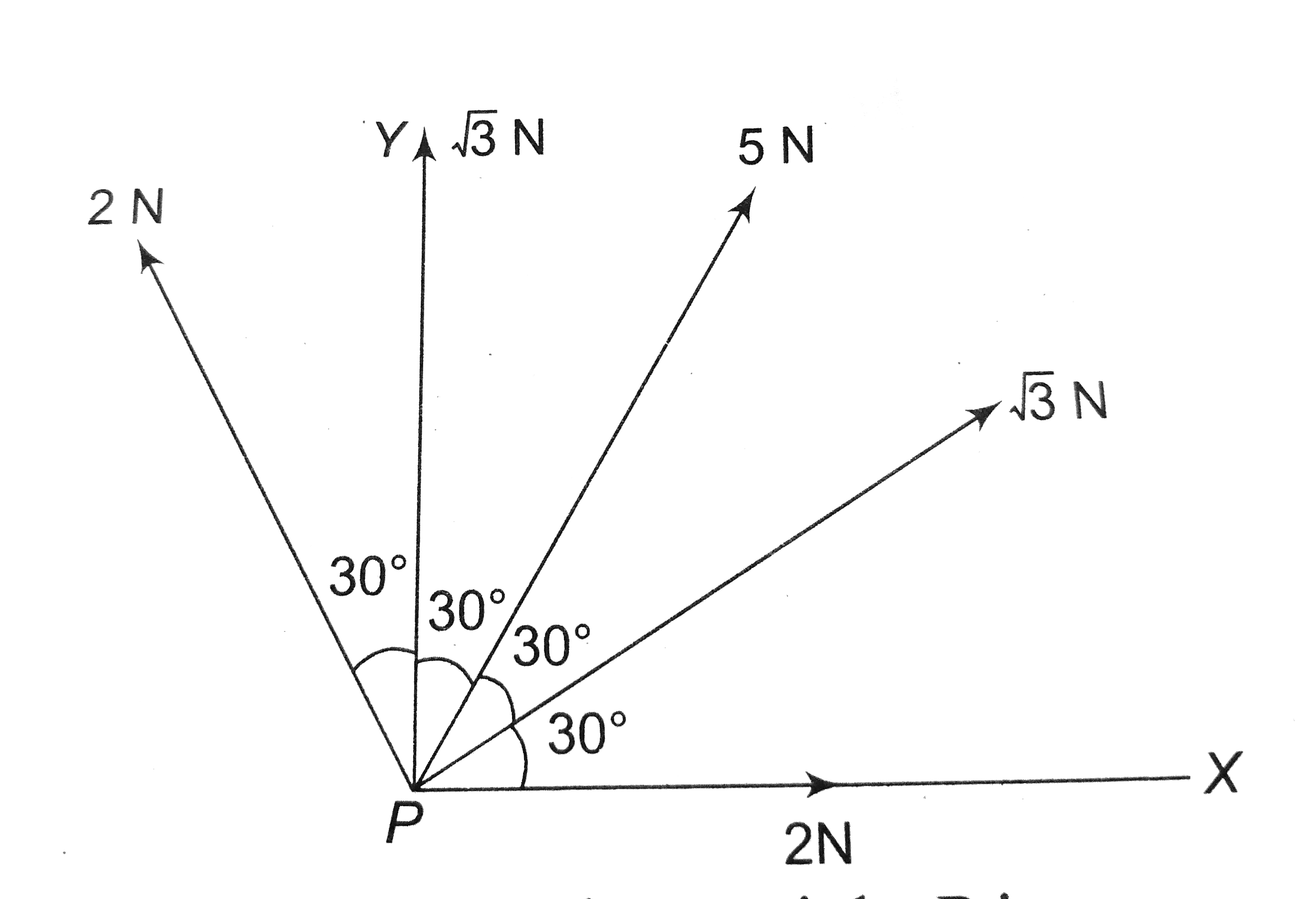
The resultant force on the particle P is
10N making angle 60∘ with X-axis
10N making angle 60∘ with Y-axis
20N along Y-axis
None of these
The correct Answer is:A
ΣFx= sum of x-ax is-compon ents of force
=2+√3cos30∘+5cos60∘−2sin30∘
=2+32+52−1=5N
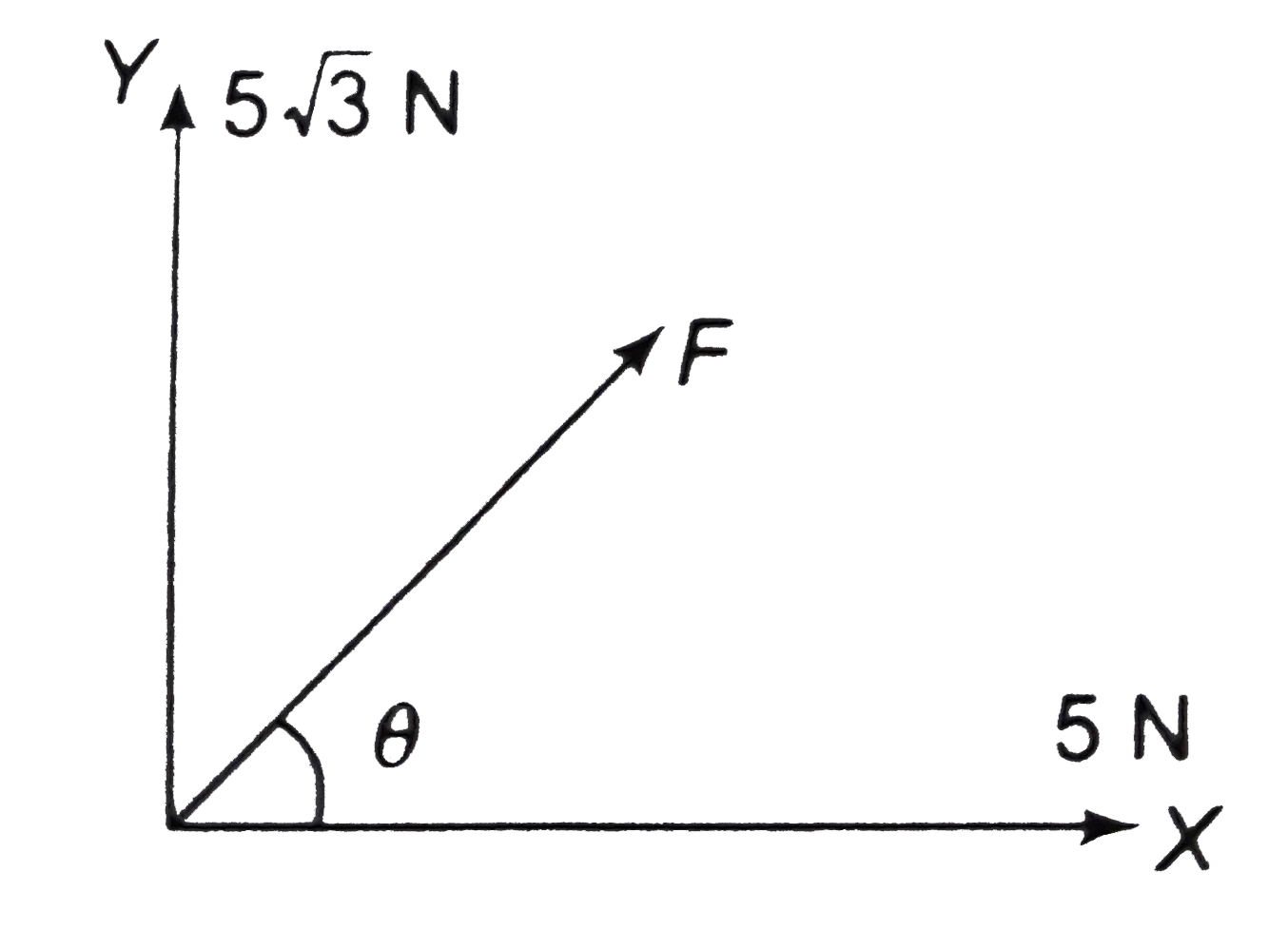
ΣFy= sum of y-ax is-compon ents of force
=√3sin30∘+5sin60∘+√3+2cos30∘
=√32+5√32+√3+√3=5√3N
∴√(ΣFx)2+(ΣFy)2=√52+(5√3)2
=√100=10N
∴tanθ=ΣyΣFx=5√35=√3⇒θ=60∘
Topper's Solved these Questions
Similar Questions
Five forces 2N,√3N,5N,√3Nand2N respectively act at a particle P as shown in the fig
View SolutionForces X,Y and Z have magnitudes 10N5(√3−1)N and 5(√3+1)N, respectively. The forces Y and Z act in the same direction as shown in (figure) The resultant of X and Y and the resultant of X and Z have the same magnitudes. Find θ, the angle between X and Y.
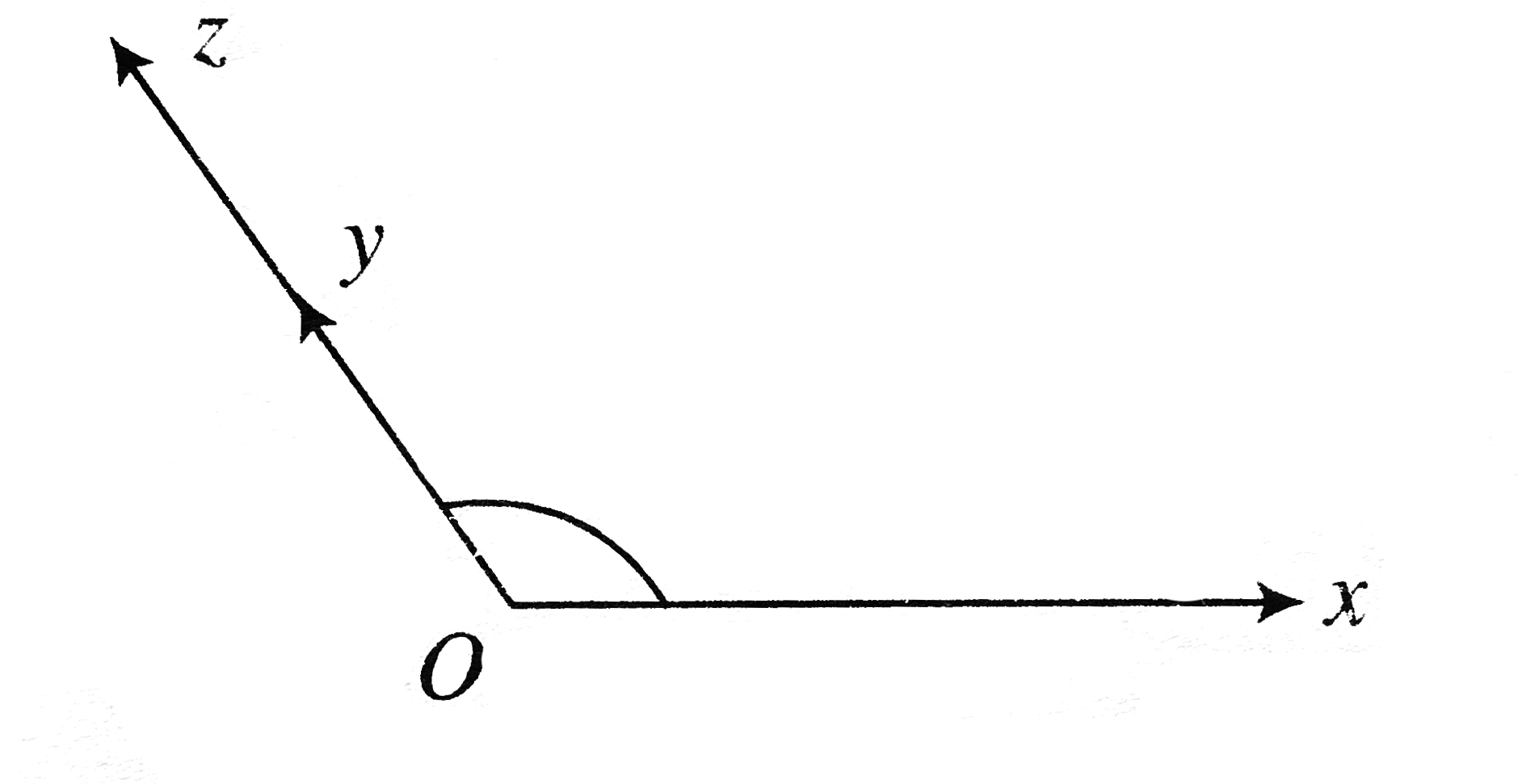 View Solution
View Solution
Knowledge Check
- Question 1 - Select One
Two forces f1=4N and f2=3N are acting on a particle along positve X−axis and negative y−axis respectively. The resultant force on the particle will be−
A3ˆi+4ˆjB4ˆi+3ˆjC4ˆi−3ˆjD3ˆi−4ˆj - Question 2 - Select One
A particle is simultaneously acted by two forces equal to 4N and 3N. The net force on the particle is
A7NB5NC1NDBetween 1Nand7 N - Question 3 - Select One
Two forces of magnitude 8 N and 15 N respectively act at a point . If the resultant force is 17 N , the angle between the forces has to be
A60∘B45∘C90∘D30∘
Three forces of magnitudes 2N, 3N and 6N act at corners of a cube along three sides as shown in figure. Find the resultant of these forces in N.
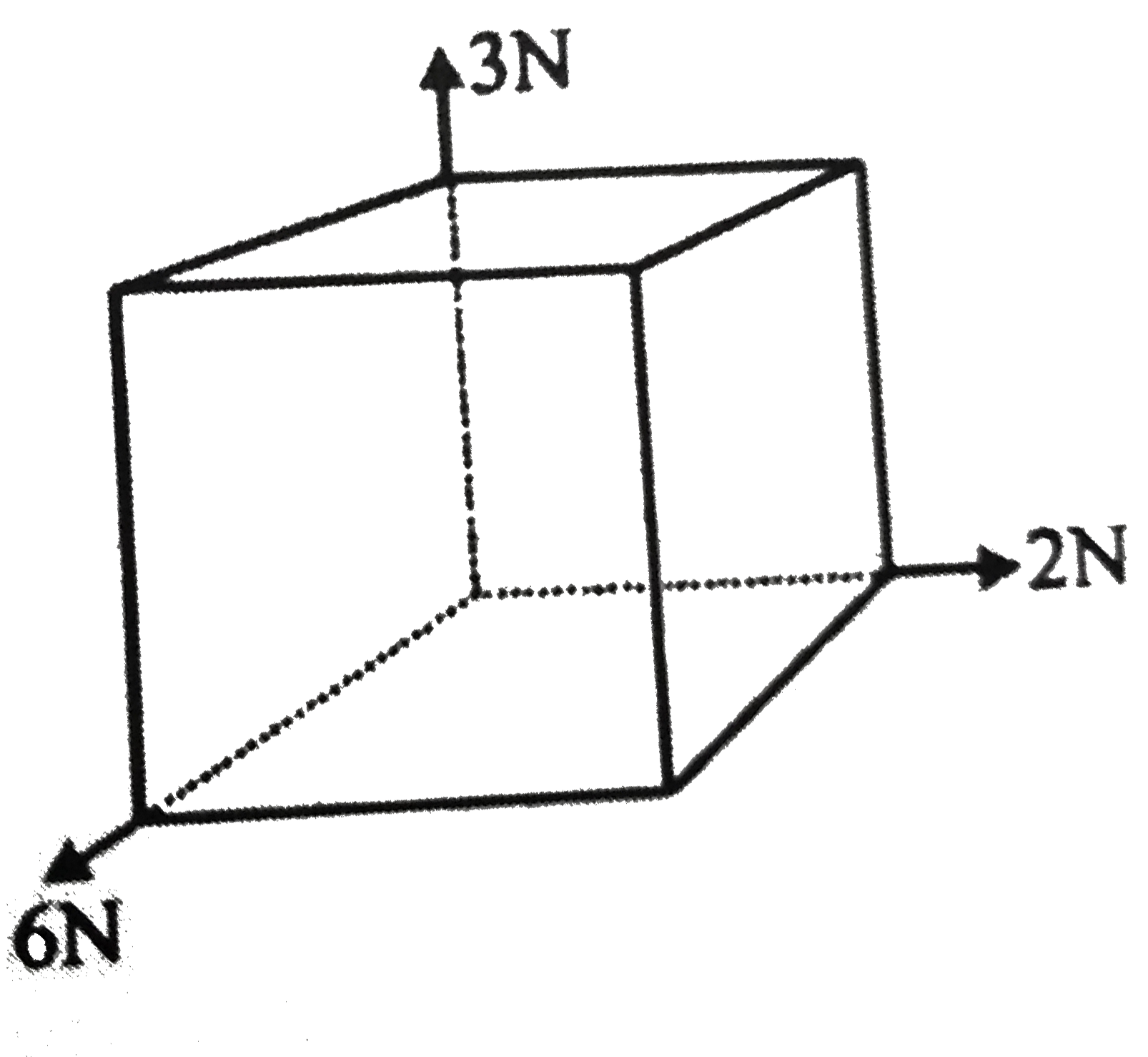 View Solution
View SolutionThree ant P,Q and R are pulling a grain with forces of magnitude 6N,3√3N and 3√2N as shown in the figure. Find the magnitude of resultant force (in N ) acting on the grain .
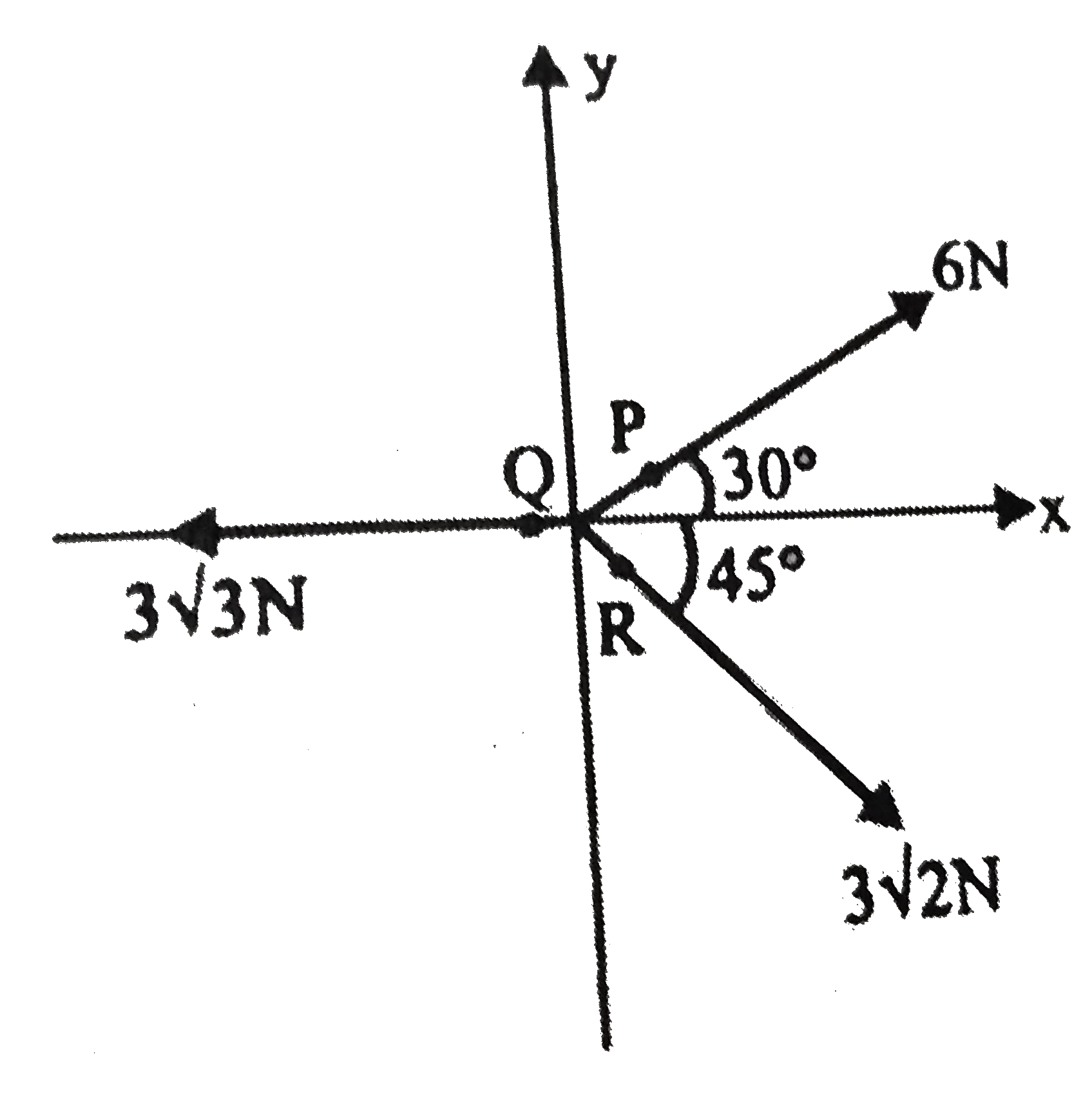 View Solution
View SolutionThree ants 1, 2 and 3 are pulling a grain with forces of magnitudes 2N√3N and √2N and as shown in the figure. Find the resultant force acting on the grain.
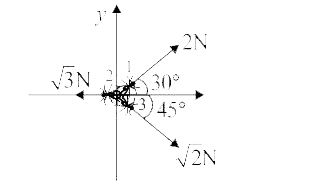 View Solution
View SolutionThree forces of magnitudes 6 N, 6 N an d √72 N act at corner of cube along three sides as shown in figure. Resultant of these forces is
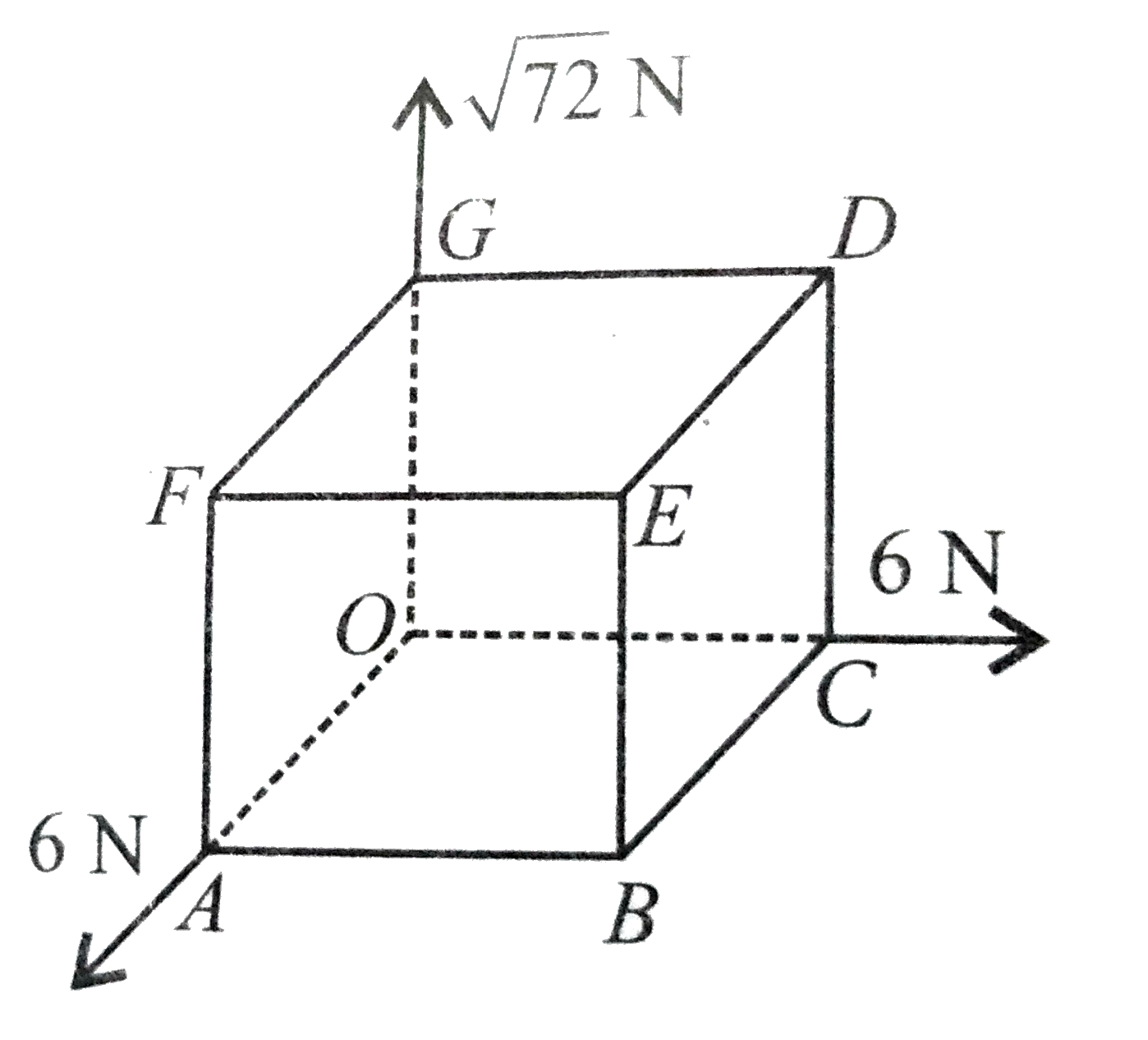 View Solution
View SolutionTwo forces, each numerically equal to 5 N, are acting as shown in the figure. Then the resultant is
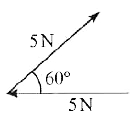 View Solution
View Solution
